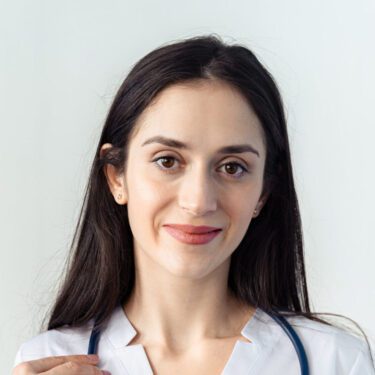Learn more about common vein procedures
Venous conditions are often associated with pictures of bulging veins, swelling of the legs, and sometimes pain or discomfort. These symptoms are from varicose veins, a condition that affects many older adults but can occur at any age. For some, varicose veins are no more than cosmetic issues, but for others, the discomfort they cause should be treated by a specialist. Specialists can provide treatment that can alleviate symptoms and help manage a patient’s condition. Some specialists may deem procedures a necessary part of treatment depending on the condition of a patient. Fortunately, most venous procedures are quick and easy. Learn more about common vein procedures by reading below.
The experience of vein procedures
If you’re worried by the sound of a vein “procedure,” let us help ease your concerns. Vein procedures are most often offered in cases where other types of treatments would be ineffective. These procedures are considered minimally invasive. Most patients experience minimal discomfort during the procedure, which is done very quickly, usually taking no more than an hour to complete. This allows patients to resume normal activities almost immediately following the procedure. Procedures should be performed by board-certified physicians and carried out with advanced medical technology. For many people, these procedures are quick and easy. No major cause for concern!
What procedures are most common?
Below are some of the most common procedures that are performed on patients with venous disease:
- Endovenous laser ablation — This is a treatment for veins where a laser is applied to the vein, making it eventually disappear.
- Microphlebectomy — During this procedure, very small incisions are made along the length of the vein. A small hook is used to pull the vein through the incisions.
- Radiofrequency ablation — This procedure involves the use of radiofrequency signals to treat the symptoms of venous insufficiency.
- Sclerotherapy — Sclerotherapy involves a medication being injected into the veins. The goal is to seal off the unhealthy or damaged vein.
- Varithena procedure — Varithena is a varicose vein treatment where medical-grade foam is injected into the veins. This also aims to seal off the unhealthy or damaged vein.
- VenaSeal — VenaSeal is a type of procedure that is used to eliminate varicose veins. It works by using a medical-grade adhesive to close off damaged veins.
Contact United Vein & Vascular Centers for your vein treatments
You don’t have to continue worrying about symptoms of vein conditions that are making your life more difficult. Our vein specialists at United Vein & Vascular Centers are here to help you. Each of our team members understands the uncertainty and discomfort that vein problems can lead to, and that’s why they’re committed to helping you better understand your condition, your symptoms, and the options you can use to address them.
Our specialists can also help you find the most effective treatment option for your vein condition and include it in a comprehensive treatment plan that’s designed to:
- Reduce your symptoms.
- Improve your ability to walk and perform other normal daily tasks.
- Increase your overall quality of life.
Contact us today to learn more about your vein condition and the ways it can be treated or to set up an initial appointment.
